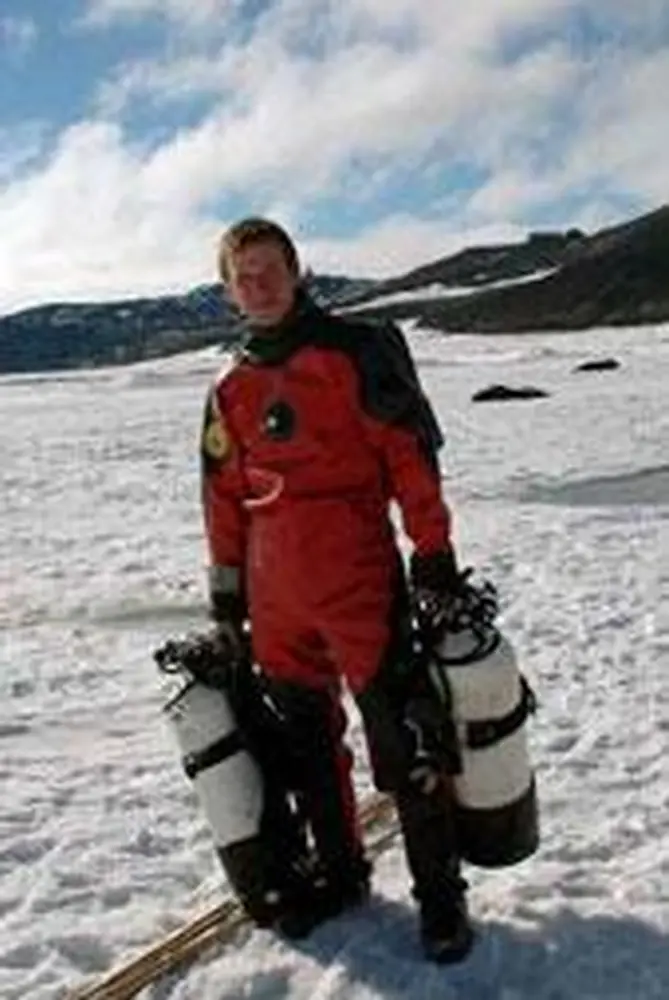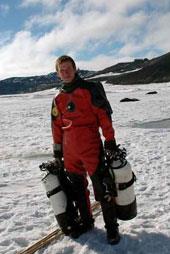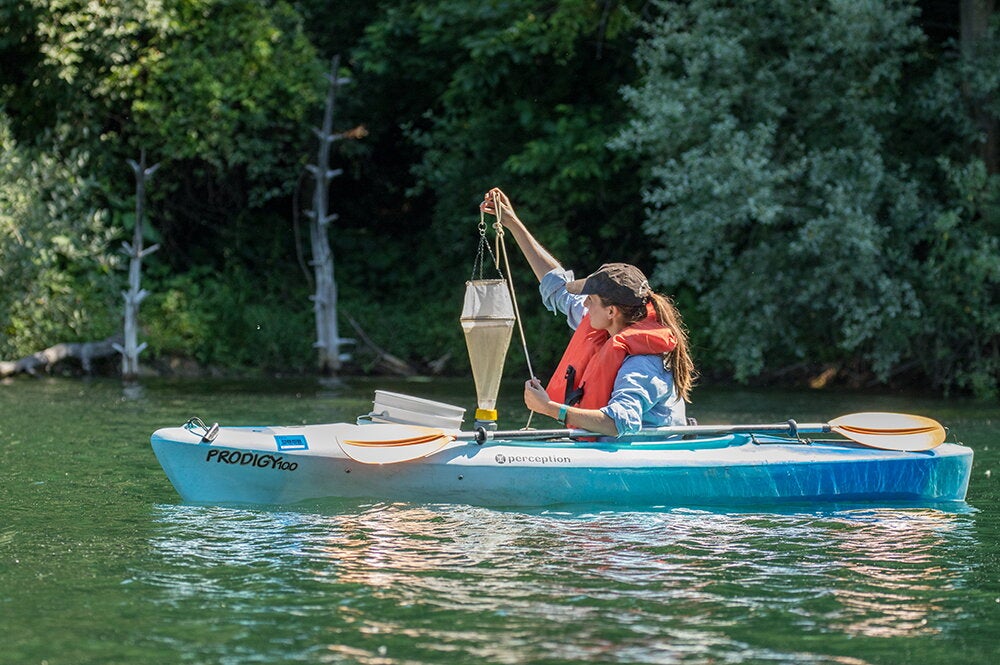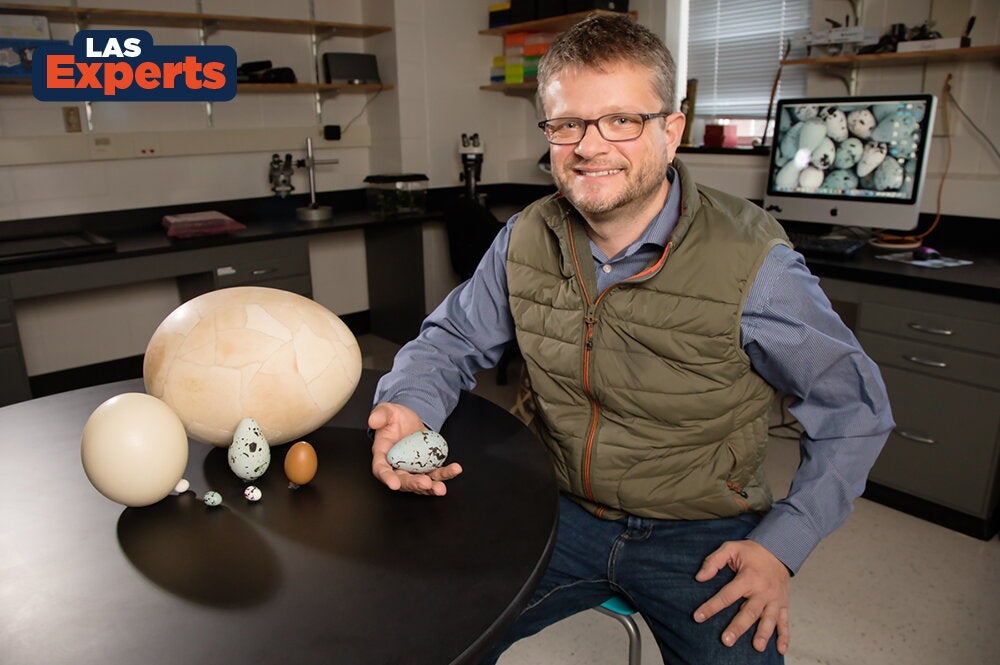

Surviving the frigid waters surrounding Antarctica requires ingenious adaptations, such as the antifreeze protein discovered in fish by a U. of I. biologist in 1968. Following several trips to the Ross Sea at McMurdo Sound in the early 1960s, Arthur DeVries identified a protein in the bloodstream of a large group of fish called notothenioids that lowered the freezing point of their internal fluids and literally kept ice out of their tissues and veins. In water that rarely rises above freezing and is filled with ice crystals, the presence of this antifreeze protein seemed to explain the fish's miraculous survival.
In the nearly 40 years since the discovery of the antifreeze, similar compounds have been found in other cold-water fish, insects, plants, fungi, and bacteria. Industries are investigating commercial applications of the compounds, such as to extend the shelf-life of frozen foods and for preserving tissues for transplantation.
Imagine the surprise, then, when another team of scientists, also headed by DeVries, recently discovered that some young hatchlings exist in these icy seas for as long as three months with insufficient levels of the antifreeze protein. These results countered the assumption, universally embraced by scientists since DeVries's early discovery, that the fish's survival depended on the presence of this vital protein from the time of hatching.
"The way that we've understood how adult polar fishes survive has been based on their use of these antifreeze proteins to lower the freezing point of their internal fluids," says Paul A. Cziko, a research specialist on the team who studied in Antarctica as an undergraduate with DeVries and animal biology professor Chi-Hing (Christina) Cheng. "We finally got a chance to look at the larval fish, and it seems that they don't always have to have antifreeze proteins to survive."
The research team, which also included Cheng and Clive W. Evans of the University of Auckland in New Zealand, studied three notothenioid species: Gymnodraco acuticeps (naked dragonfish); Pagothenia borchgrevinki (bald notothen); and Pleuragramma antarcticum (Antarctic silverfish). All species develop as eggs for between five and 10 months before hatching in icy waters in the Austral spring. Five years of data, collected from 2000 to 2004, were analyzed.
While the larvae of one species, the bald notothen, survives using high levels of antifreeze like the adults, the researchers were astonished to find that the dragonfish and silverfish hatchlings have too little to allow survival during direct contact with ice. Looking more closely, the researchers discovered that the gills of all three species were undeveloped at hatching, minimizing the risk of ice passing through them to get inside.
The delicately thin skin of the larval fish may offer additional protection, because their skin hasn't yet been exposed to environmental damages, Cheng said. The skin and undeveloped gills, Cziko says, may combine to allow time for antifreeze levels to rise.
The production of antifreeze proteins did not show much increase in the larval fish until 84 days after hatching, the researchers found. Adult values weren't reached for 147 days.
"Amazingly," DeVries says, "for about three months the larval fish must rely only on their skin and gills to prevent ice from entering, and to keep them from freezing solid."
Why some fish accumulate the protein gradually is unknown, but DeVries speculates that it has to do with the immaturity of the hatchling's pancreas. The antifreeze is synthesized in the pancreas, and then secreted into the intestines. From there, the protein is thought to travel to the bloodstream through absorption. If true, says DeVries, who is now researching this question, "then a poorly developed pancreas may explain why it takes time to raise blood levels to what is seen in adults."


